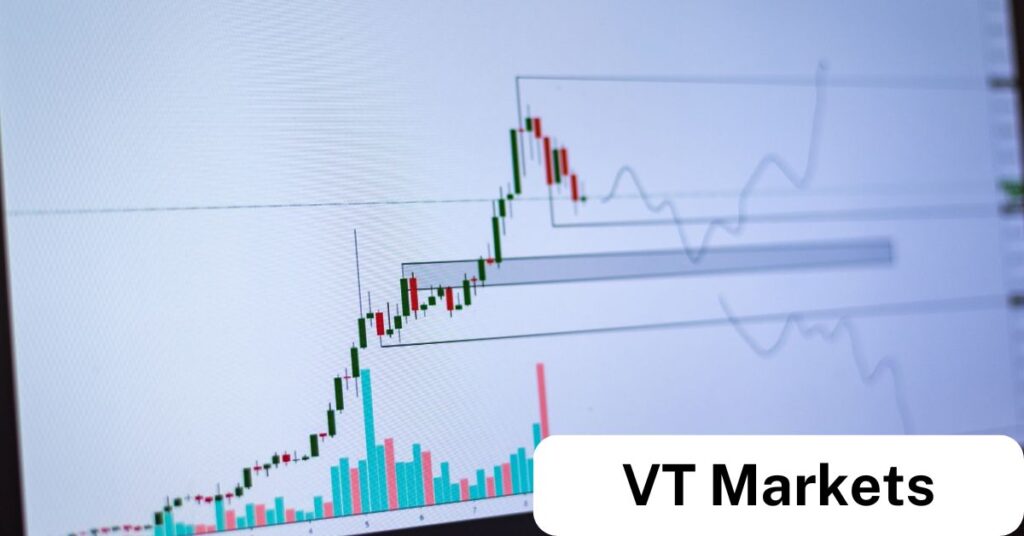
Every trader wants to make sense of price charts—and moving averages are one of the simplest tools to start with.
They smooth out price data, help you spot trends, and even act as dynamic support or resistance.
But here’s the thing: while moving averages are easy to use, using them effectively is where the magic happens.
In this article, we’ll break down exactly what a moving average is, the different types, and how you can use it in your trading strategy—without sounding like a textbook.
What Is a Moving Average?
Let’s start with the basics.
A moving average (MA) is a technical indicator that helps smooth out price data by creating a constantly updated average price.
Instead of focusing on the noisy ups and downs, it shows the overall direction of a market over a specific period—like the past 10, 50, or 200 days.
Think of it like this:
Imagine tracking the daily price of gold over a month. Some days it’s up, others down.
A moving average shows you the average price over that month—and as new days come in, the average adjusts.
It helps you cut through the chaos and spot the trend.
Types of Moving Averages
There are two main types every trader should know:
🔹 1. Simple Moving Average (SMA)
This one’s straightforward.
It adds up the closing prices over a set number of periods, then divides by that number.
Example: A 10-day SMA adds the past 10 closing prices and divides by 10.
The result? A smoother line on your chart that updates daily.
🔹 2. Exponential Moving Average (EMA)
The EMA is a bit smarter. It gives more weight to recent prices, making it more responsive to current market moves.
If you’re into short-term or fast-moving markets, the EMA might suit you better.
💡 At VT Markets, you can easily switch between SMA and EMA on your MT4 or MT5 charts with just a few clicks.
Why Do Traders Use Moving Averages?
Because they make life easier.
MAs help traders:
- Spot trends: Is the market going up, down, or sideways?
- Time entries and exits: Wait for crossovers or price touches.
- Confirm direction: Avoid trading against the main trend.
- Identify support and resistance: Price often reacts to MAs like invisible walls.
It’s like having a compass on a stormy sea. It won’t predict the next wave, but it shows you which way you’re heading.
How to Use Moving Averages in Your Trading Strategy
Here’s where the real value kicks in. Let’s explore a few simple yet powerful ways to use moving averages.
✅ 1. Identify the Trend
This is the most common use.
- If the price is above the moving average and the MA is sloping upwards → It’s an uptrend.
- If the price is below and the MA is sloping downwards → It’s a downtrend.
🧭 Use a 50-period or 200-period SMA to spot long-term trends.
✅ 2. Use Moving Average Crossovers
A crossover happens when a short-term MA crosses a longer-term one.
- When the short-term MA crosses above the long-term MA → It’s a bullish signal (buy).
- When the short-term MA crosses below the long-term MA → It’s a bearish signal (sell).
This strategy is widely known as the Golden Cross (bullish) and Death Cross (bearish).
📈 Example: A 50-day SMA crossing above a 200-day SMA could signal the start of a new uptrend.
✅ 3. Dynamic Support and Resistance
Moving averages can also act like moving zones of support or resistance.
- In an uptrend, prices often bounce off the 20-EMA or 50-SMA before continuing upward.
- In a downtrend, MAs can act as ceilings where price gets rejected.
This is useful for setting entry points, stop-losses, or profit targets.
✅ 4. Combine with Other Indicators
On their own, MAs are helpful—but combined with tools like RSI, MACD, or Fibonacci levels, they become even more powerful.
They confirm what you’re seeing and reduce the risk of false signals.
💡 At VT Markets, all these tools are available in one place on MT4 and MT5, fully integrated.
Best Settings for Moving Averages
Here’s a general guide:
| Type of Trader | MA Type | Period | Use For |
|---|---|---|---|
| Scalper | EMA | 5 – 20 | Quick entries and exits |
| Day Trader | EMA | 10 – 50 | Trend confirmation |
| Swing Trader | SMA/EMA | 50 – 100 | Medium-term direction |
| Position Trader | SMA | 100 – 200 | Long-term trend confirmation |
📌 There’s no “one size fits all”. Test and see what works for your trading style.
Common Mistakes to Avoid
Even though MAs are simple, they can still trip traders up. Watch out for:
- Over-reliance: Don’t use them in isolation—confirm with price action.
- Too many lines: Using too many MAs can clutter your chart and confuse your decision-making.
- Choppy markets: MAs work best in trending markets, not sideways ranges.
Final Thought: Keep It Simple and Consistent
Moving averages are like training wheels for traders.
They help you balance, stay on track, and understand the rhythm of the market.
You won’t always get perfect signals, but when used wisely, MAs can improve your timing, reduce emotional trading, and make your strategy more reliable.
And the best part? They’re free, flexible, and already available on most trading platforms—including VT Markets’ MT4 and MT5.
📲 Ready to make your charts work harder?
Log in to VT Markets and start using moving averages to guide your next trade—whether you’re scalping gold or riding a major forex trend.







